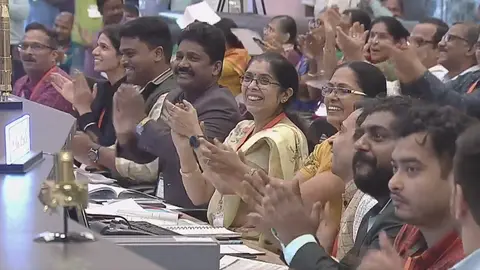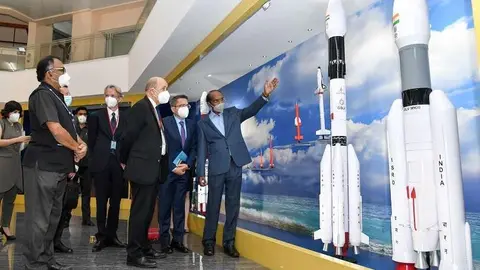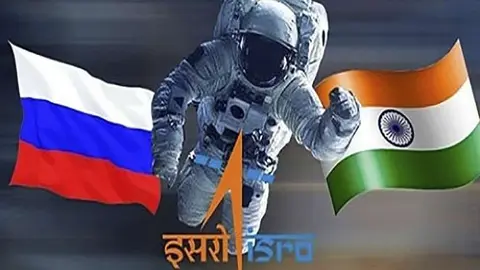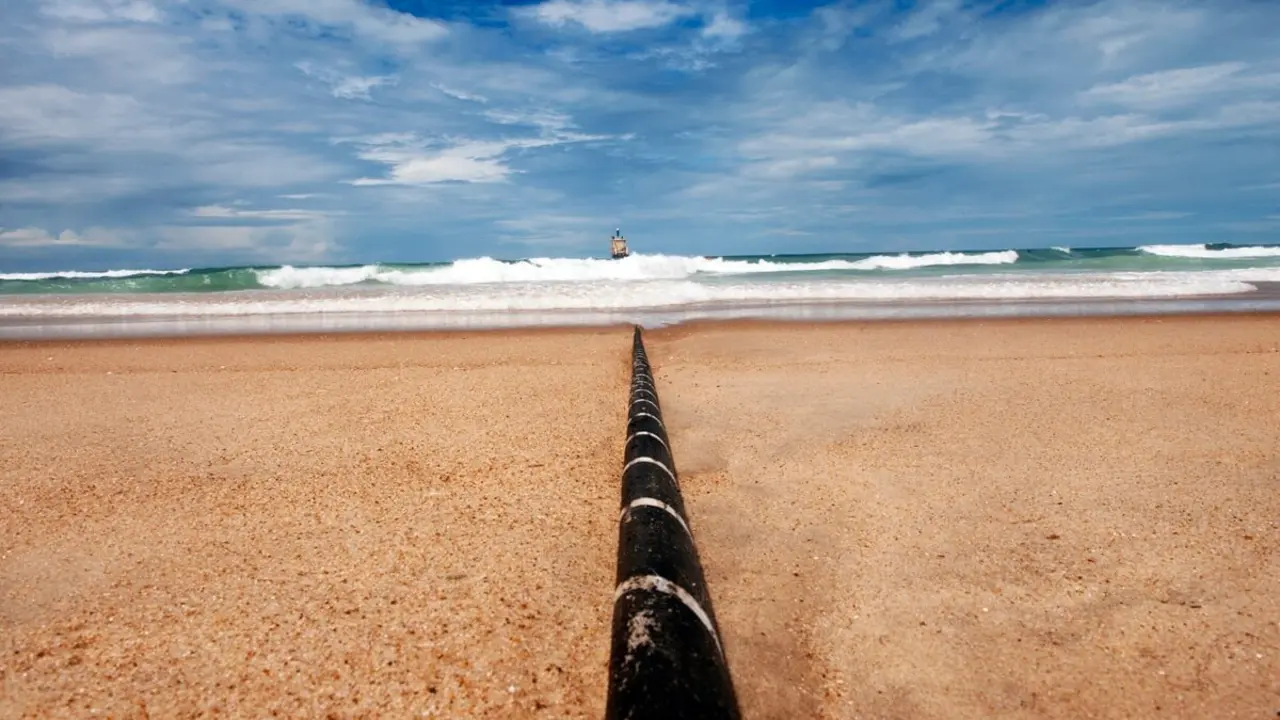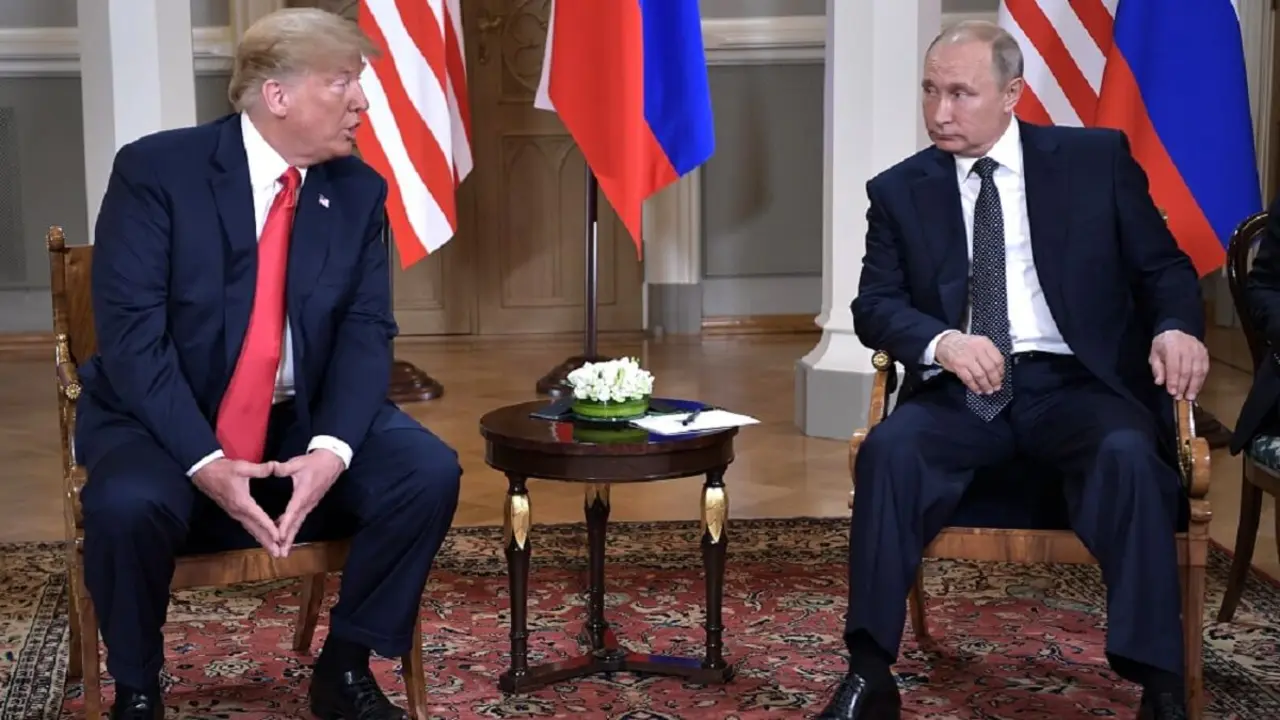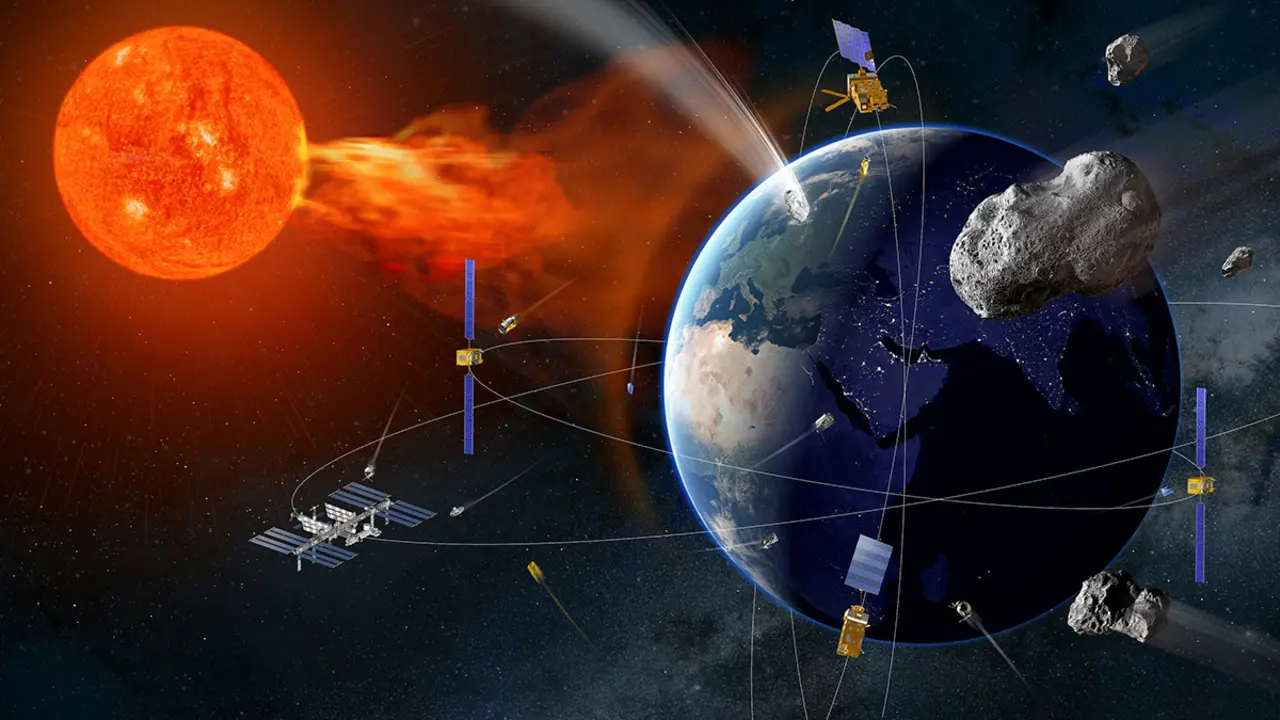India unveils its ambitions: a space station in 2035 and to set foot on the Moon in 2040

India's Prime Minister Narendra Modi has instructed his science and technology minister, Jitendra Singh, and the chairman of its space agency, Sreedhara Somanath, to draw up a roadmap for building a space station by 2035.
The Delhi chief minister has also expressed his desire to see the first pair of Indian astronauts walk on the moon's surface in 2040. It is the second step in demonstrating to outsiders that the world's most populous nation with huge social imbalances is committed to the exploration of outer space.

One and the other are the grand ambitions that Narendra Modi set out in his high-level meeting in mid-October with top officials of the government's space ecosystem. In front of the national space sector leadership, he reiterated his determination to keep the country among the world's leading space powers.
He expressed confidence in India's technological capabilities, given the successes of the Indian Space Research Organisation (ISRO)'s Chandrayan-3 lunar mission in August: the smooth landing of the nearly 1.5-tonne Vikram surface module and the surface rollout of its 26-kilogram, six-wheeled Pragyan rover in August. And for the successful launch in September of the Aditya L1 solar observation telescope, dedicated to studying solar wind and solar flares.

Complete a heavy launcher for human spaceflight
As an immediate outcome of the conclave, the chief executive has ordered to "aim for ambitious new goals", including "setting up the Indian Space Station by 2035 and sending the first Indian to the Moon by 2040", the official statement from the prime minister's office notes.
With more than nine years at the helm of the nation, Modi is giving renewed impetus to ISRO's plans. He wants to achieve full autonomy for India in the design, development and manufacture of heavy launchers, manned capsules and spacecraft to refuel its future space station. If it succeeds, which is a matter of time and a matter of economic, technological and human resources, India will avoid being left behind in the new space race between the United States and China.

The two major strategic milestones linked to outer space that the Delhi government is taking on seek to emulate the goals already achieved by Beijing, Asia's undisputed space power. The first Chinese astronaut flew into space in October 2003, 20 years ago. He was fighter pilot Yang Liwei, then a lieutenant colonel in the air force.
Beijing has maintained the Tiangong space complex in orbit since the beginning of the decade, is working to put its astronauts on the moon before 2030 and wants to build an international research base there. Its astronauts number nearly fifty men and women, of whom about twenty have already travelled into space. Three of them are still aboard their space station, located between 350 and 400 kilometres above our heads.
India, on the other hand, has only four Russian-trained astronauts, all from its air force, whose identities it keeps secret. But before they can safely travel to space or the moon, ISRO must finalise the development of a new-generation heavy launch vehicle, which the agency calls the Next Generation Launch Vehicle (NGLV).

First test of the escape system
With a height of 75 metres, a take-off weight of 700 tonnes, three propulsion stages, new semi-cryogenic engines and partially reusable, the first tests of the NGLV are planned for 2030. In parallel, it involves the construction of a new large launch pad, to be located at the Satish Dhawan space centre on an Indian Ocean island in the southern state of Andhra Pradesh.
But long before the NGLV becomes a reality, ISRO has an immense task ahead: to develop the manned version of its current 43-metre tall, 640-tonne lift-off weight LVM3 rocket, formerly known as GSLV III. The project is behind schedule. It was due to be completed in 2022 for take-off with an Indian crew, but COVID-19 and other problems have prevented this.

So the maiden flight into space of the first Indian astronauts has been rescheduled for 2025, making India the fourth power to have full autonomy to send crews into outer space, after Russia, the United States and China. Preliminary work has already begun and four test flights of the manned Gaganyaan capsule are planned. The first, coded TV-D1, was carried out on 21 October to evaluate the astronaut emergency and escape system.
It is activated in the event that the launcher, full of fuel, with the astronauts on board and positioned on the launch pad or in the early stages of the flight, develops a serious anomaly that could cause the vehicle to explode and put the lives of the crew at risk. A rocket pole positioned at the top of Gaganyaan fires and extracts the astronauts from the danger zone. At the test five days ago there were no astronauts inside.

Narendra Modi has not forgotten the scientific side of being a true space power. At the 17 October meeting he called for a programme for interplanetary missions. Specifically, a timetable "to send an orbiter around Venus" and another to "land on Mars" a surface module to investigate the secrets hidden on the Red Planet.


